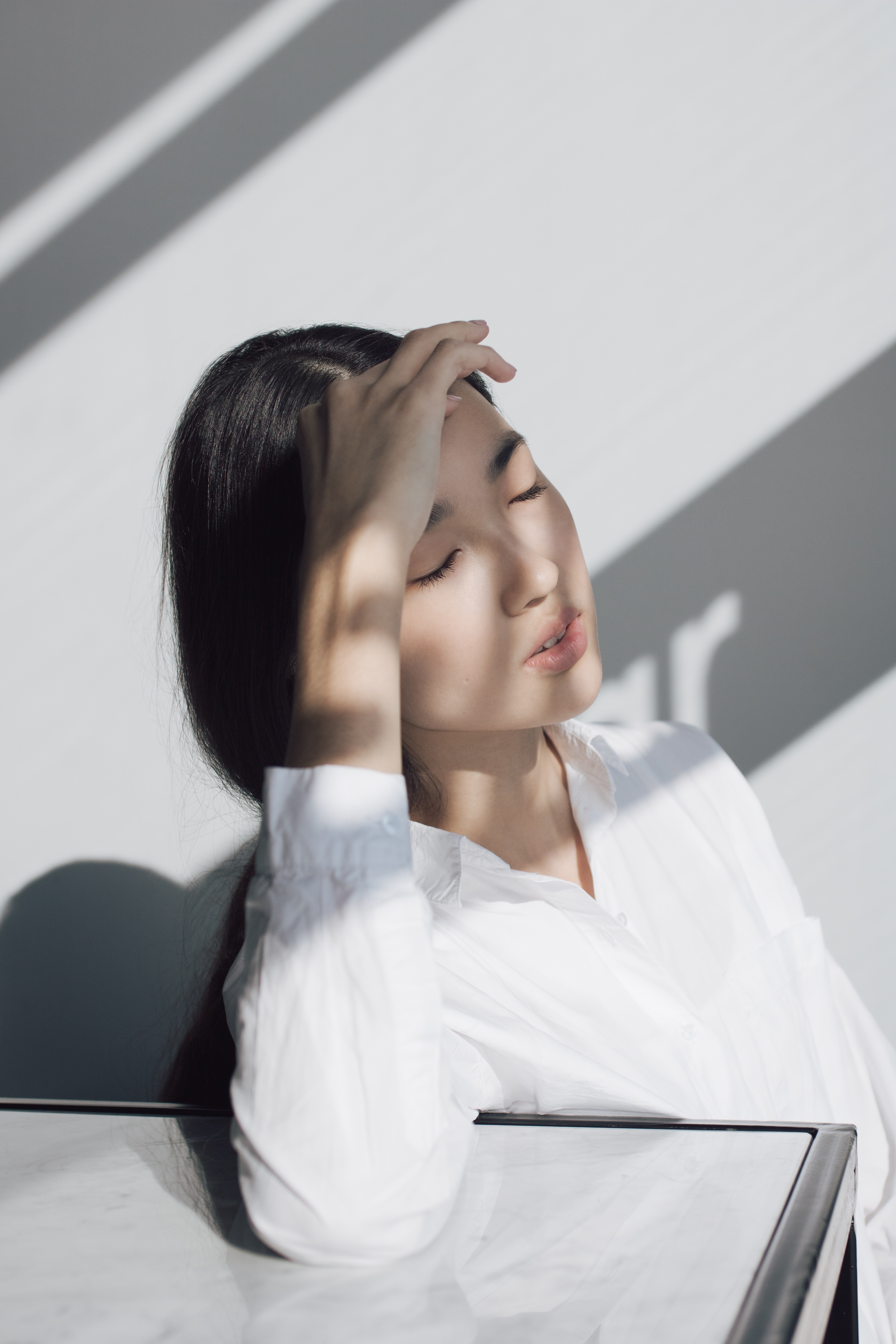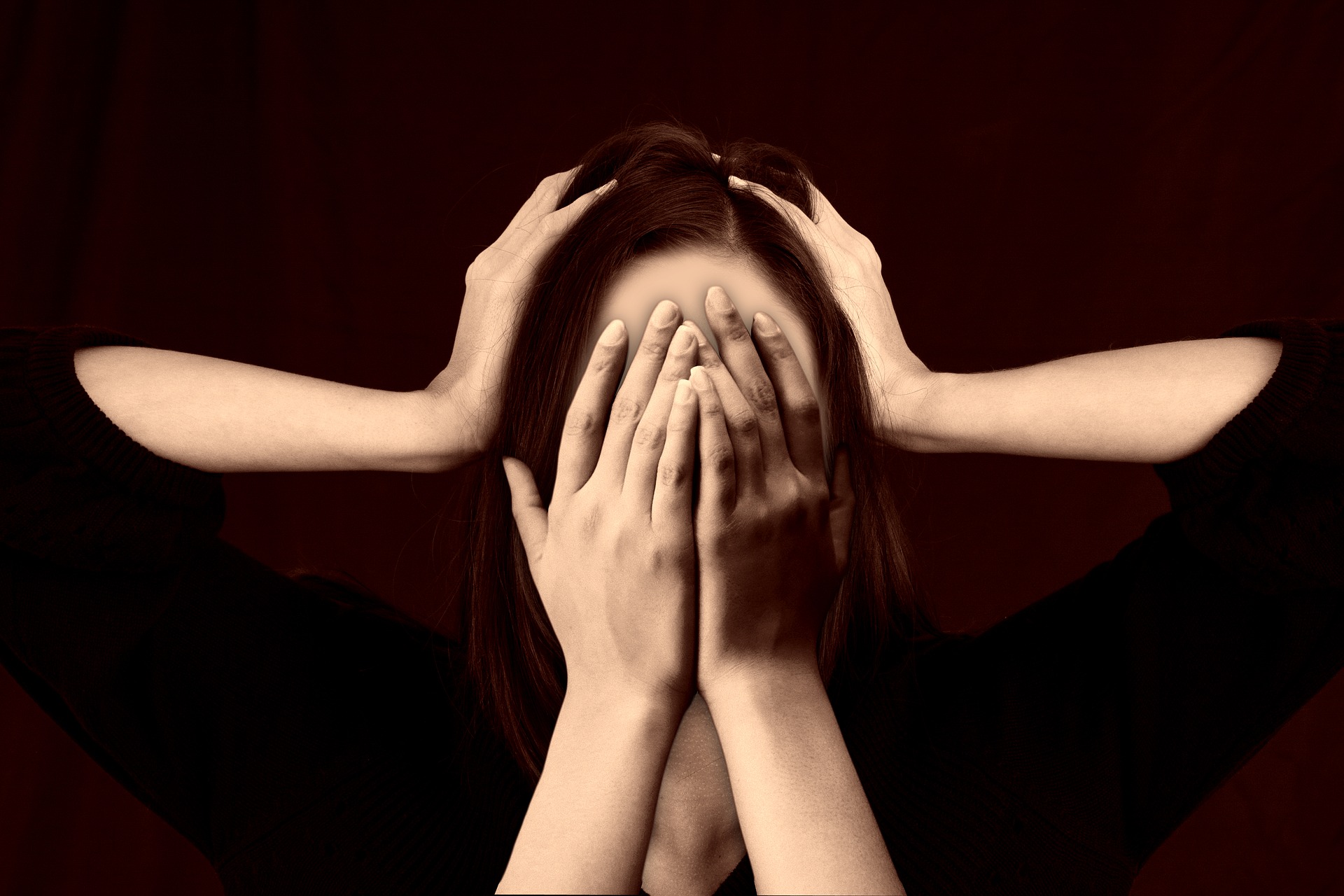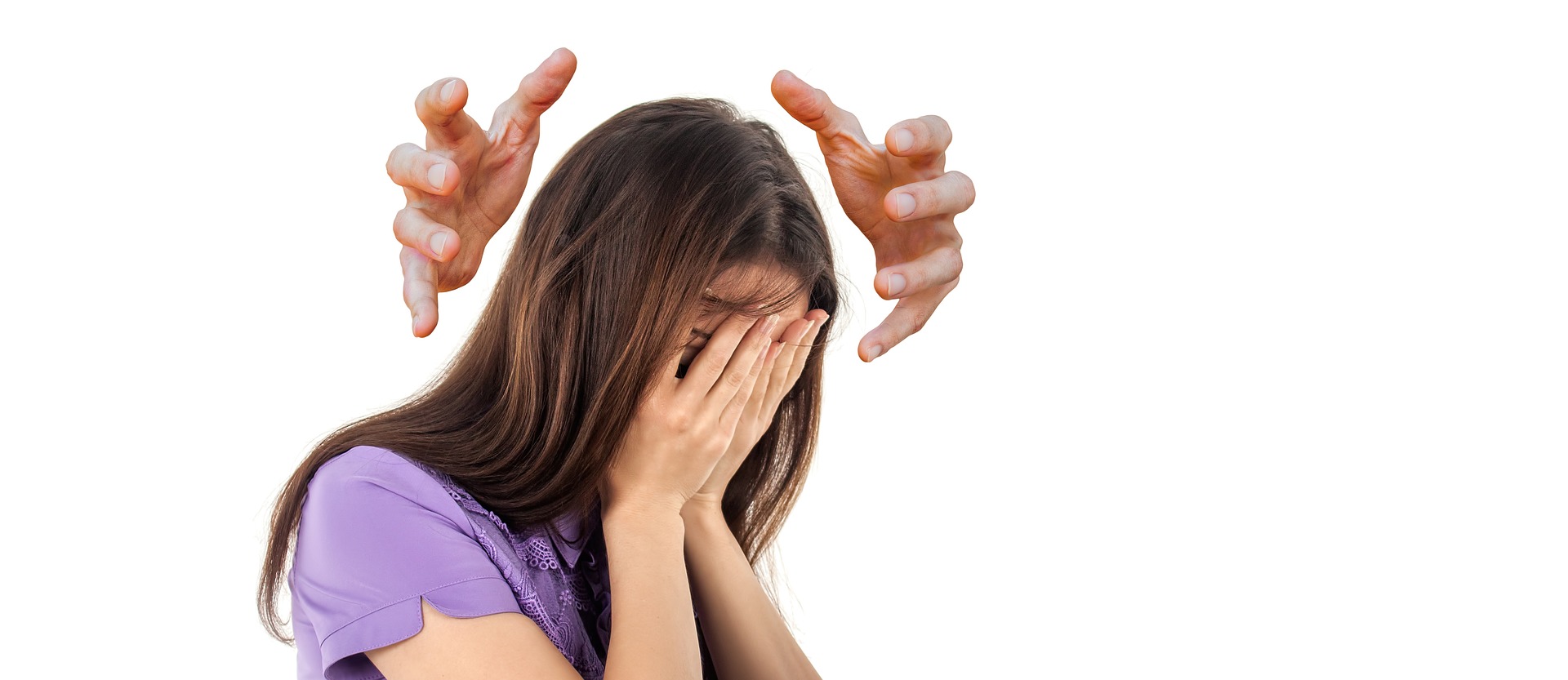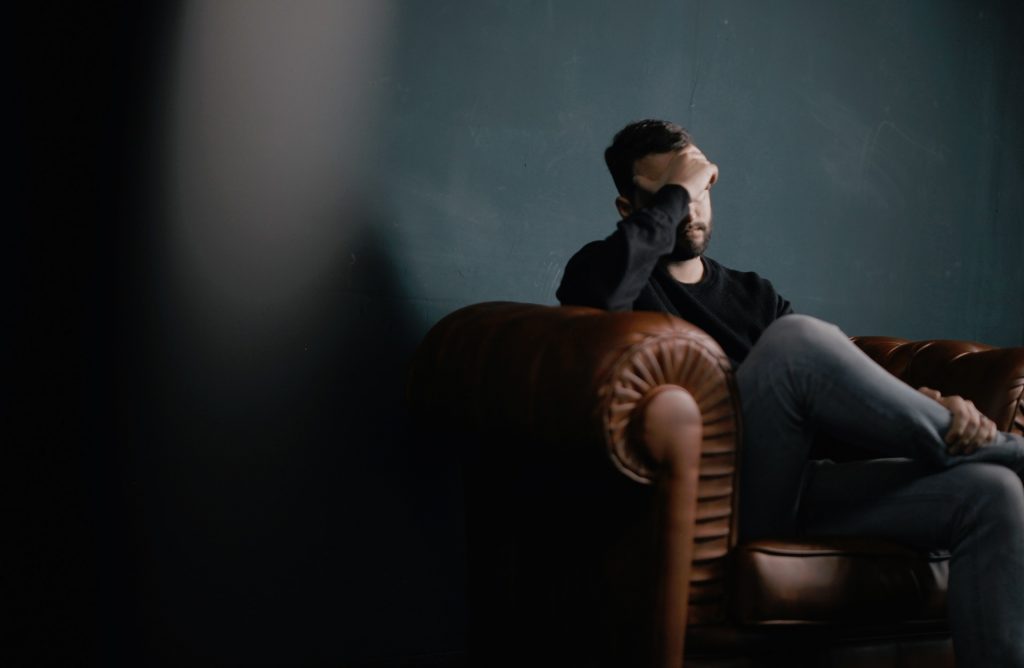Headaches are one of the most common medical complaints. It can affect anyone regardless of age, race, gender. All of us have different kinds of headache and very conveniently people treat themselves with simple painkillers, drinking extra water, taking rest or simply by waiting for a headache to subside on its own.
Headache can be a sign of stress or emotional distress, or it can result from a medical disorder such as migraines or high blood pressure, anxiety or depression. People with chronic migraine headaches may find it difficult to attend work or school regularly. Even so, headaches can be distressing and disabling and sometimes people may have a serious underlying cause such as aneurysm, brain tumors, etc. Pain in the head is carried by certain nerves that supply the head and neck. The trigeminal system impacts the face as well as cervical (neck) 1 and 2 nerves in the back of the head.
What are the different types of headache?
 The International Headache Society (HIS) categorize headaches as primary when they aren’t caused by another condition, or secondary when there is a further underlying cause.
The International Headache Society (HIS) categorize headaches as primary when they aren’t caused by another condition, or secondary when there is a further underlying cause.
Primary headache:
The most common types of primary headache are tension headaches and migraines. Primary headaches are stand-alone illness caused by overactivity or problems with structures in the head that are pain sensitive.
1. Tension headaches:
Tension headaches are the most common, affecting around 75% of all headache sufferers. The headaches are typically a steady ache rather than throbbing one and affect both sides of the head and forehead. People can get tension-type headaches in response to stressful events or a hectic day. Tension-type headache can be either episodic or chronic. Episodic attacks are usually a few hours in duration, but it can last for several days. Chronic headaches occur for 15 or more days a month for a period of at least 3 months. Tension attacks usually subside on taking regular painkillers, proper sleep.
2. Migraines:
 Migraines generally run in families. This means you have genetic predisposition to get headaches. You can mild pain with features listed below. Sometimes dizziness and blurred vision accompany a migraine headache.
Migraines generally run in families. This means you have genetic predisposition to get headaches. You can mild pain with features listed below. Sometimes dizziness and blurred vision accompany a migraine headache.
- Inherited
- Moderate to severe pain
- Associated with nausea, vomiting and/or light and sound sensitive
- Affect usually one side of your head.
- Have pulsating throbbing sensations
About one-third of people have migraine with ‘aura’ or classical migraine. In this condition, warning symptoms (the aura) occur before a migraine. These most commonly consists of flashing lights, often in a shape of zigzags. They tend to occur on one side of vision only. Some people actually lose half of their vision completely. Some people might also feel tingling sensation and weakness on half side of the body along with slurring of speech. These warning symptoms can last for up to an hour and are generally followed by a headache with throbbing pain.
 Treatment
Treatment
- There is a number of medications such as muscle relaxants, analgesics ( Aspirin, Percocet) that can help with migraine or tension headaches.
- Migraines can also be improved with rest, sleep, darkness and quiet. Simple painkillers and ibuprofen can be effective.
- Many people don’t have special medication prescribed by their doctor. They take medication as which they take on usual headache on a regular basis as a preventative measure.
- Taking medication isn’t the only thing you can do to alleviate your headache. Research has shown that numerous other methods are also very effective in treating headache
- Become educated about your specific headache type
- Know your trigger
- Engage in relaxation exercises to reduce stress and tension
- Cognitive-behavioral stress management focusses on increasing your understanding of the role of cognitions in stress responses, and relationships between stress, coping and headaches.
 3. Cluster headaches:
3. Cluster headaches:
Cluster headaches are very severe headaches, sometimes called ‘suicide headaches’. They occur in clusters, often every day for a number of days or even weeks. Cluster headaches are precipitated by alcohol, excitement, sleep and are also associated with smoking. These headaches respond to certain types of medication and are often treated with oxygen.
4. Paroxysmal Hemicrania:
A headache type is seen in women and similar to cluster headache is Paroxysmal Hemicrania. This headache is unilateral, lasts only for a few minutes and occurs multiple times a day.
Symptoms- nasal congestion, droopy eyelids, redness of an eye. Sometimes it will be a chronic daily headache with superimposed pain known as Hemicrania Continua.
It usually responds to a specific medication called indomethacin.
 Secondary headache:
Secondary headache:
Sometimes headaches have underlying causes and treatment of headache involves treating the cause. A secondary headache is different from your usual headaches in term of its location, severity or accompanying symptoms. It starts suddenly and is aggravated by exertion. It doesn’t a response to general headache treatment and instead worsens over time. Hence it is necessary to seek emergency medical care.
Secondary headache may be due to any of the following causes:
- A head injury that involves loss of consciousness, even for a few seconds
- Seizures or convulsions
- Recurrent vomiting
- Dizziness and an impaired balance
- Fever or stiff neck
- Changes in speech, vision or behavior
- Brain tumors
- Blood clots
- Bleeding in or around the brain
Diagnosis: to diagnose the cause of the headache and to rule out the underlying medical condition. Physicians obtain patient history and conduct a careful neurological examination. Diagnostic testing may include
- CT imaging
- MRI of head
- Lumbar puncture
- CT Angiography
Secondary headache requires immediate medical care.







